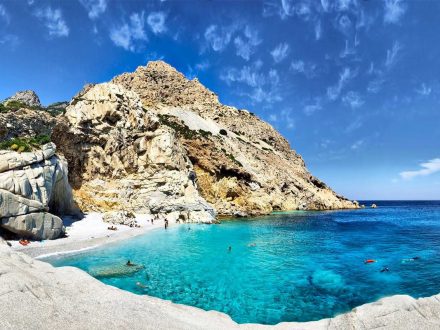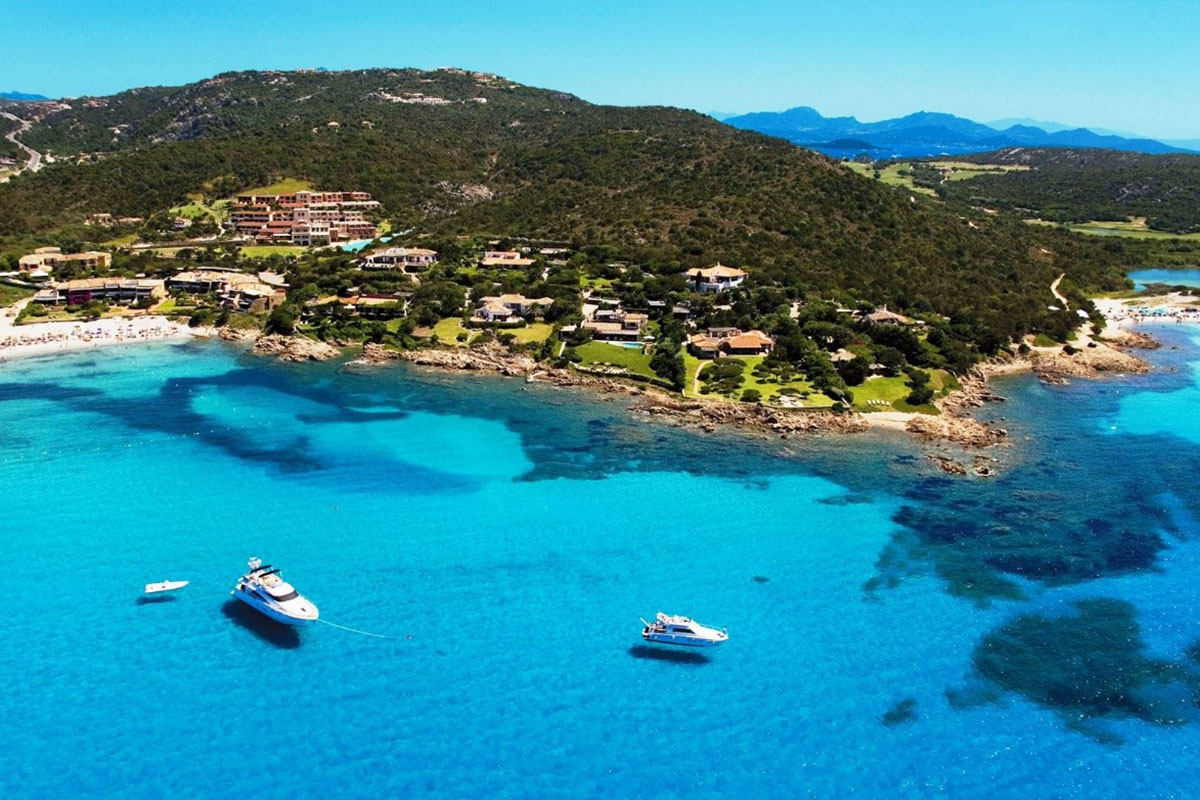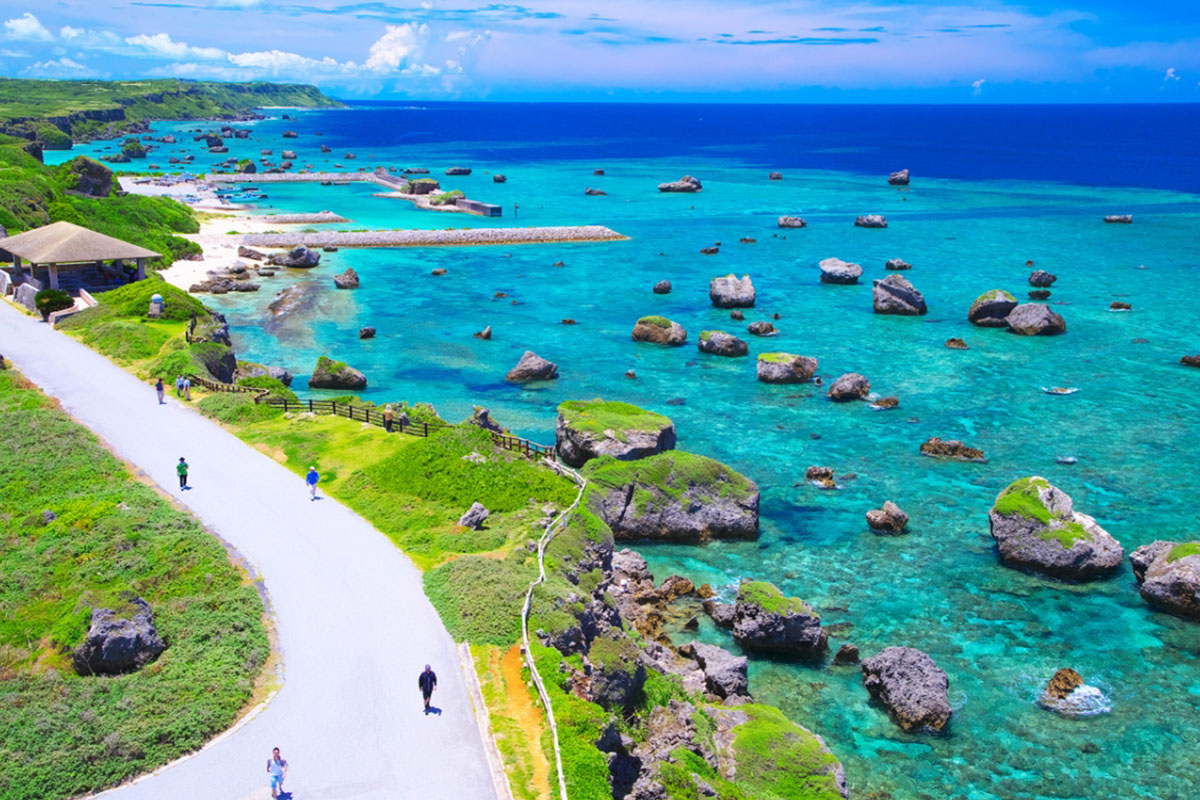Here’s why the people in these five regions are out-living us all

While the legendary fountain of youth is yet to be discovered, certain places across the globe have emerged as centres where people far outlive the average global life expectancy of around 72 years.
With the help of the National Geographic Society, author and researcher Dan Buettner has dedicated the last decade of his life to identifying the longevity hot spots around the world. He has been uncovering the daily habits and diets of the people who are not only living beyond 100-years-old, but are also without health problems like cancer, heart disease, diabetes and obesity.
Known as ‘Blue Zones’ – named after the blue circles researchers drew on the map to first identify them – the following regions are home to some of the oldest and healthiest people on the planet. Here’s how they live such long and prosperous lives.
Sardinia, Italy
The mountainous highlands of Sardinia, Italy are home to more male centenarians than anywhere else on earth. These people are known to consume a low-protein, largely plant-based Mediterranean diet – something that has been associated with lower rates of diabetes, cancer, and death for people under the age of 65.

The secluded nature of the Sardinian community means that the M26 marker, a genetic variant linked to extreme longevity, continues to be passed down through generations.
Okinawa, Japan
The small and remote island of Okinawa, Japan boasts the world’s largest population of healthy older adults (there are roughly 740 centenarians out of a population of 1.4 million), and the majority of them are women.

Defining Blue Zone factors include family and community, and Okinawans are supported by their moai – a small but tight-knit group that provides social support and reinforces shared healthy behaviours.
Meanwhile, their locally sourced diet includes food staples such as Okinawan sweet potatoes and soybeans, mugwort, turmeric, and goya (bitter melon).
Nicoya, Costa Rica
It’s typical for Blue Zone residents to avoid processed food, but the people of Nicoya take it one step further.
Their nutrient-dense, plant-forward diet largely consists of beans, squash, corn and tropical fruits.
Combined with regular, low-intensity outdoor physical activity and strong faith communities, this has resulted in the world’s lowest rate of middle-age mortality and the second highest concentration of male centenarians.
Loma Linda, California, US
More than 9,000 Seventh-Day Adventists call the city of Loma Linda home.
By following a ‘biblical’ diet of whole grains, fruits, vegetables and nuts – with many avoiding meat – Loma Linda residents are able to live around 10 years longer than the average American.
Their longevity is also attributed to an emphasis on community and shared principles, and adherence to the Sabbath day of rest and reflection.
Ikaria, Greece
Compared to Americans, the people of Ikaria, Greece tend to live eight years longer, experience 20% less cancer, 50% less heart disease, and have almost no cases of dementia.
Buettner found that residents consumed a traditional Mediterranean diet based on home-grown vegetables, legumes, healthy fats like olive oil, and only small portions of dairy and meat products.
Interesting habits include daily naps to offset late bedtimes, and an emphasis on antioxidant-rich herbal teas made with ingredients like lavender, wild mint and rosemary.
While they may be scattered across the globe, here’s what the Blue Zones have in common:
- A culture that reinforces healthy lifestyle habits like diet and exercise.
- Healthy social relationships and psychological wellbeing.
- People who tend to gardens.
- Easy access to public health.
- Respect towards seniors as valued members of the community.
Dan Buettner’s comprehensive findings – along with measures you can take to live more like these cultures – can be found in his The New York Times bestselling book, The Blue Zones Solution.
A leisurely lifestyle and a low-stress environment are key indicators of a Blue Zone. We find out where your country ranks when it comes to stress levels.